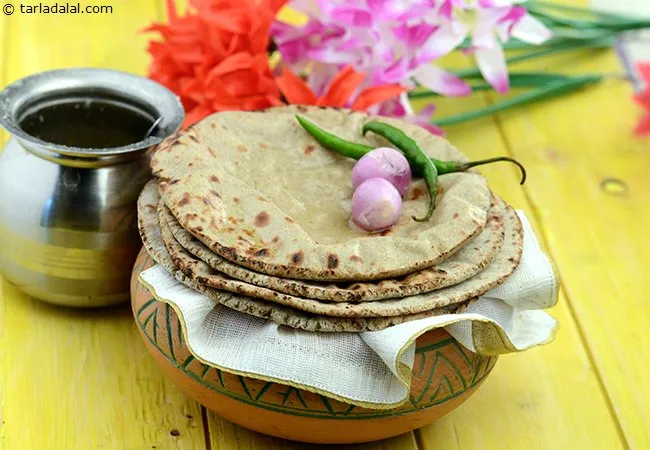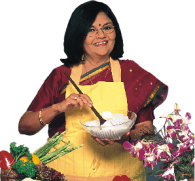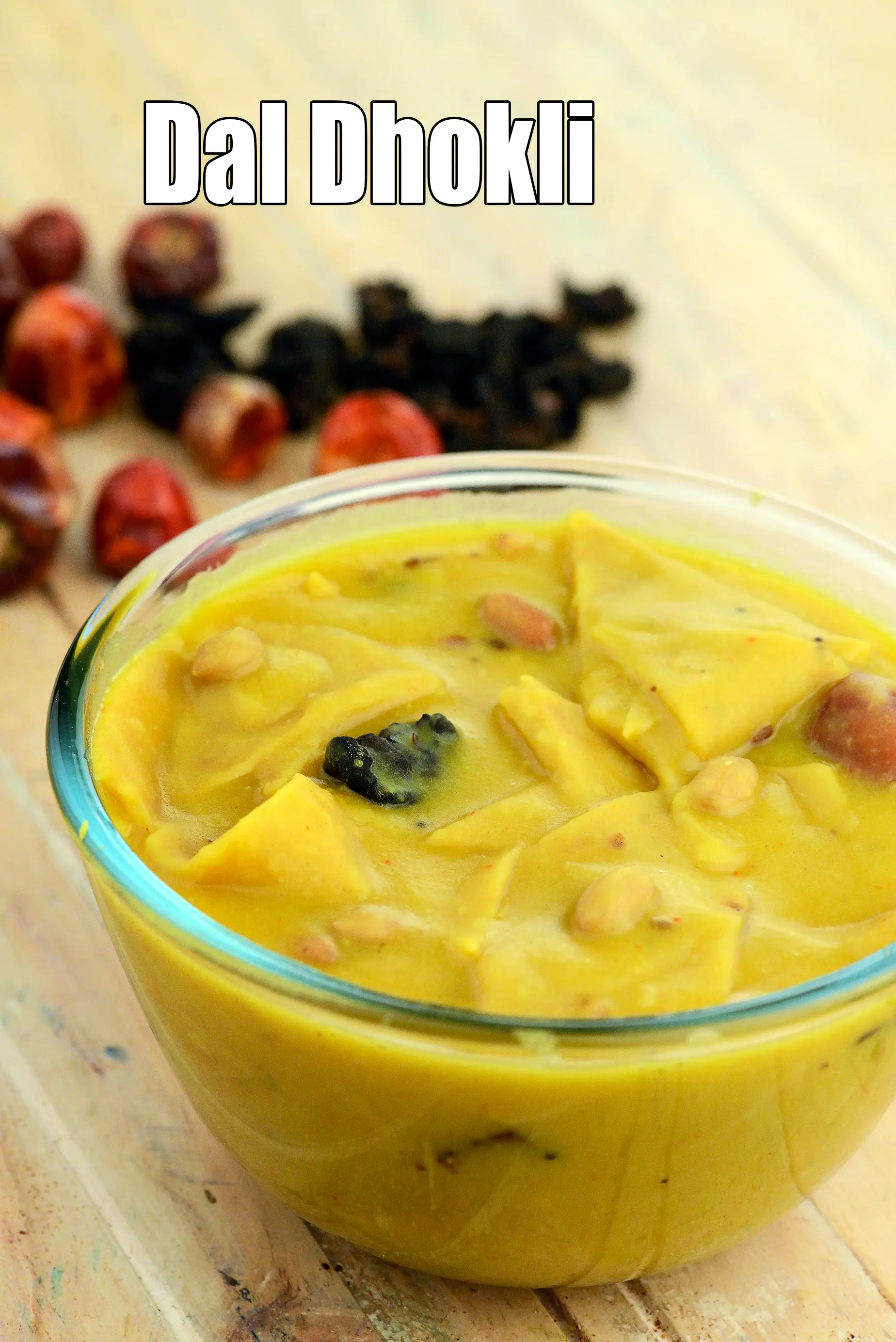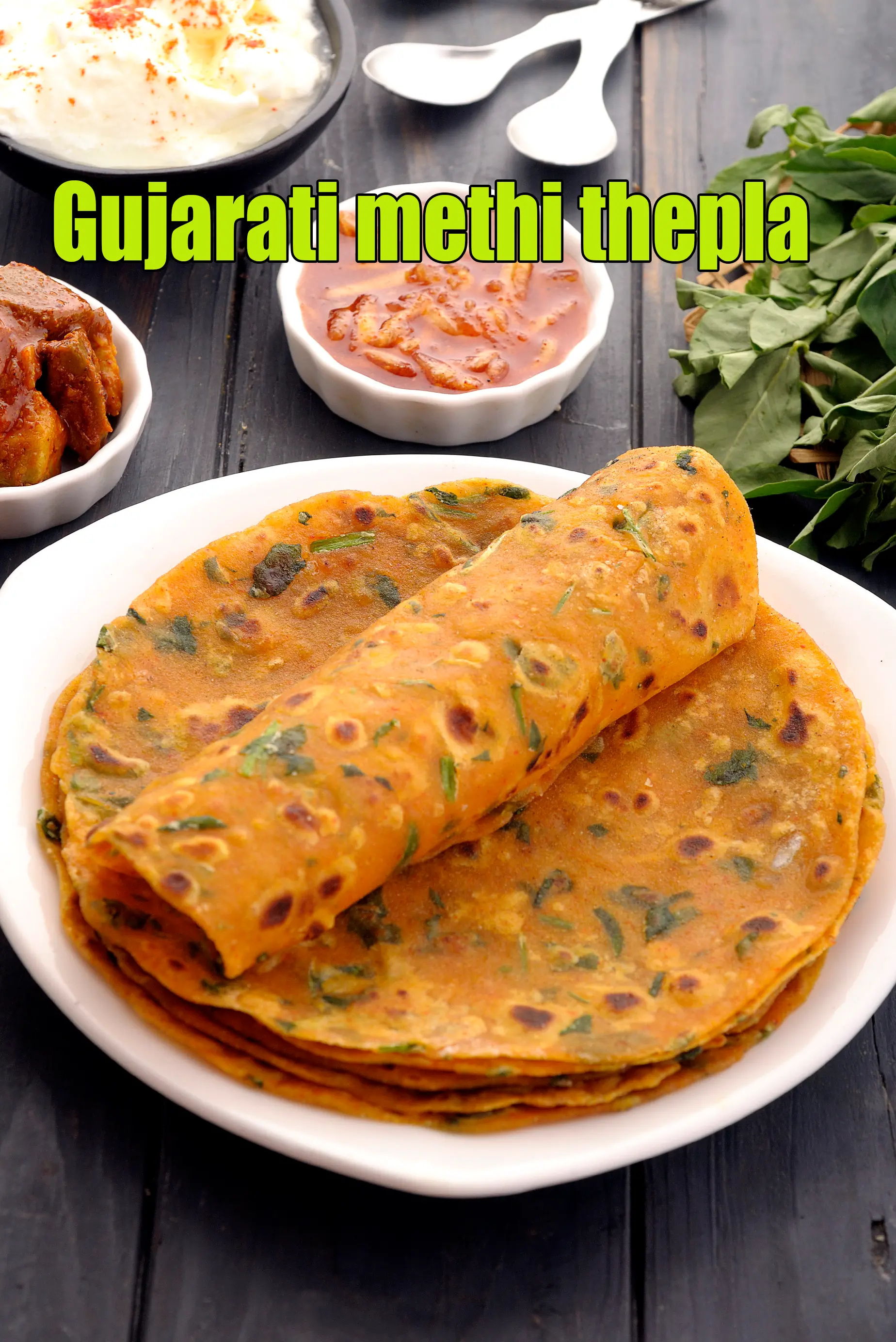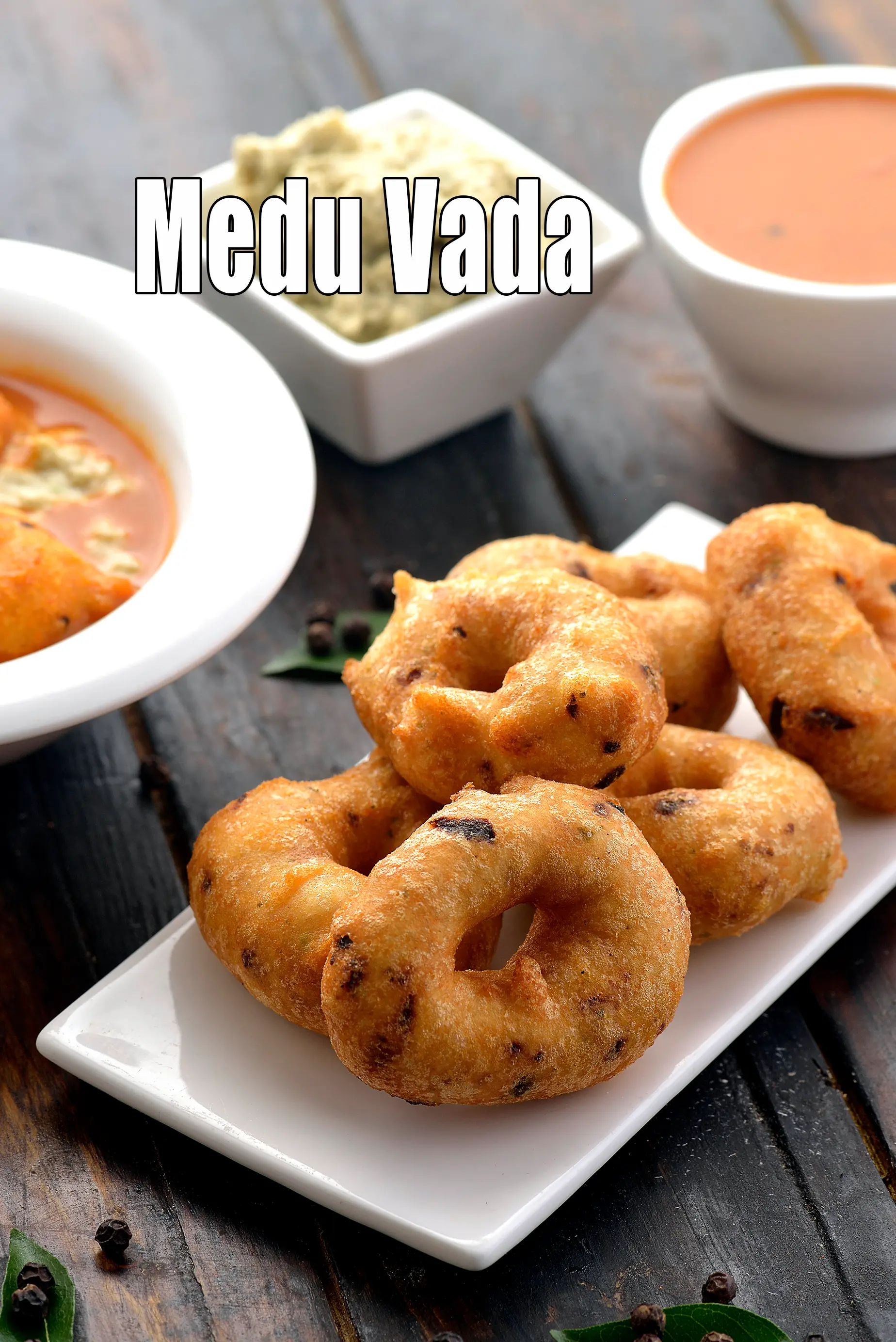Nutritional Facts of Vegetable Kolhapuri, Calories in Vegetable Kolhapuri
This calorie page has been viewed 11167 times

How many calories does one serving of Vegetable Kolhapuri have?
One serving of Vegetable Kolhapuri gives 313 calories. Out of which carbohydrates comprise 46 calories, proteins account for 27 calories and remaining calories come from fat which is 240 calories. One serving of Vegetable Kolhapuri provides about 16 percent of the total daily calorie requirement of a standard adult diet of 2,000 calories.
Click here to see Vegetable Kolhapuri calorie. Veg Kolhapuri recipe is a vegetable Kolhapuri restaurant style recipe which is from Kolhapur, Maharashtra. The vegetable Kolhapuri restaurant style is made from mixed vegetables ( french beans, green peas, carrots, onions cauliflower ) with paneer tossed in a Kolhapuri gravy enriched with fresh cream.
We show you how to make the Kolhapuri gravy recipe ( made from tomatoes, onions, spices and cashew nuts) step by step for the veg Kolhapuri recipe.
veg Kolhapuri recipe is a fabulous accompaniment for rotis, naans/kulchas and rice since it has a very appealing flavour that combines the tang of tomatoes, the crunch of onions, the pungency of spice powders and pastes, and the richness of cashews and cream!
Thanks to this melange of flavours and textures, the veg Kolhapuri is a favourite in Indian restaurants all over the world. It is also a common addition to festive menus, especially in wedding spreads.
Is Vegetable Kolhapuri healthy?
Yes, This is healthy subzi.
Let's understand the Ingredients.
What's good.
Cauliflower (phool gobi) : Cauliflower is extremely low in carbs and therefore does not raise blood glucose levels quickly. One cup Cauliflower provides you 100% off your daily recommended allowance of Vitamin C. It is rich in Antioxidant. Being rich in Indoles, Cauliflower and other Cruciferous Vegetables like broccoli, kale, radish, brussel sprouts, red cabbage maintain Estrogen balances which is crucial for women. Read here for detailed benefits of cauliflower.
Green Peas : Green peas are good for weight loss, good source of vegetarian protein, has insoluble fibre to relieve constipation. Legumes like green peas, cow peas, mung, chick peas and kidney beans have a cholesterol lowering effect. Green Peas are rich in Vitamin K which aids in bone metabolism. Green peas have a Glycemic Index (GI) rank of 22 which is low and good for diabetics. Is green peas good for diabetics and see full benefits of green peas.
French Beans ( Fansi ) : French Beans is rich in folic acid. A deficiency of folic acid can also lead to anaemia, as like iron they are equally necessary to make red blood cells. Without enough folic acid, you can get easily tired. Pregnant women can also benefit from its folic acid count. It’s effective to achieve weight loss, overcome constipation, control blood sugar levels, treat high cholesterol as well as prevent cancer. See here for detailed 15 benefits of french beans.
Capsicum (Bell Peppers) : Rich in vitamin C, capsicum protect and maintain the lining of the heart. Low glycemic index (40) colourful capsicum are immune boosters. Colourful capsicums are not only visually appealing but also good for your eyes too, as they contain antioxidant Lutein, which protects the eye from cataracts and degeneration of the eye. Capsicum is high in Folate or folic acid, which is important for rapid growth and multiplication of red blood cells and white blood cells in the bone marrow. See detailed benefits of capsicum.
Carrots (gajjar) : Carrots have the nutrient Beta Carotene which is a form of Vitamin A, helps prevent deterioration of the eye as one gets older and prevents night blindness. Carrot is great for the eyes.They relieve constipation, lower blood pressure, have fibre and lower cholesterol. Read the 11 super benefiits of carrots and why to include in your daily diet.
Paneer + Low Fat Paneer : Paneer contains high quality protein and calcium which aids in weight loss. Since paneer is low in carbs and high in protein it gets digested slowly and hence good for diabetes. Potassium in paneer helps to reduce the effect of high sodium, by lowering blood pressure and contraction of blood vessels, resulting in improved heart health and reduced risk of heart attack. Great for weight loss and read the interesting article on is paneer good for you?
Low fat paneer is has all the same nutrients as full-fat paneer, but it is minus the fat.
Cashew Nuts (kaju) : In general, walnuts, cashew nuts, peanuts, almonds, pistachios and pinenuts are a healthy snack to carry keep with you as they are rich in monounsaturated fats and polyunsaturated fats and good for heart. They are a healthy snack for Diabetics. Dietary intakes of cashew and other foods rich in magnesium helps to regulate blood pressure. See 9 amazing benefits of cashew nuts for complete details.
Fresh Cream : 1 tbsp of fresh cream (15 gm) provides around 18 calories, out of which 16 calories result from saturated fat. Till late, saturated fat was always looked upon as that evil fat which would lead to high cholesterol levels and strokes. Offhand, studies have revealed no such association. So, the next question that arises is “Are saturated fats healthy then?” What’s more important is to look at your diet in totality. Till no furnished evidence is available on this subject, you can add about a tsp of fresh cream once in a while to your meals to enhance the taste. Try and not to add it in bulk frequently. This holds true for a healthy individual or for those suffering from diabetes, heart problem etc.
Yet looking for a more healthier option? Then, rely on more healthier type of saturated fats which contain MCT (medium chain triglycerides) which is the real buzz currently. Coconut, coconut meat and coconut milk are the perfect example of this.
Onions (pyaz, kanda) : Raw onions are a very valuable source of vitamin C – the immune building vitamin. Along with other phytonutrients from onions, it helps to build WBC (white blood cells) which serves as a line of defence against illness. Yes, it’s a source of many antioxidants, the most important one amongst them being Quercetin. The quercetin in Onions promotes production of HDL (good cholesterol) and lowers total cholesterol in the body. The sulphur in onions act as a blood thinner and prevents blood clotting too. This in turn would lower blood pressure and good for heart, diabetics. Read the benefits of onions.
Ginger (Adrak) : Ginger is an effective cure for congestion, sore throat, cold and cough. It aids digestion and relieves constipation. Ginger was found as effective as drugs in relieving menstrual pain. Ginger is effective in decreasing the cholesterol levels in patients with high cholesterol. Ginger significantly reduces symptoms of nausea in pregnant ladies. See here for 16 Super Health Benefits of Adrak, Ginger.
Garlic : Garlic has been proven to lower cholesterol. The active ingredient allicin present in garlic aids in lowering blood pressure. Garlic is also alleged to help regulate blood glucose levels for diabetics. Garlic is great for the heart and circulatory system. Garlic has an antimicrobial, antiviral and antifungal function and can help in relieving common cold and other viral infections. To boost your immune system have a garlic clove a day. Garlic is a top anti viral food. The thiosulphate compound, Allicin found in garlic acts as a strong antioxidant and protects our body from damage of free radicals. Read here for complete benefits of garlic.
Can diabetics, heart patients and over weight individuals have Vegetable Kolhapuri ?
Yes, this recipe is good for diabetics, heart and weight loss. Quantity restricted.
Can healthy individuals have Vegetable Kolhapuri?
Yes, This is healthy subzi.
What is a healthy accompaniment to the Sabzi? Have healthy rotis or parathas.
We suggest a bajra roti, jowar roti, radish nachni roti recipe , basic ragi roti recipe, and whole wheat roti to make a healthy combination.
Bajra Roti
8 Pointers to get healthy on a Indian diet
1. Eat healthy and say yes to good home cooked food. Prefer whole grains like oatmeal, quinoa, buckwheat, barley and healthy flours like bajra flour, jowar flour, quinoa flour, wheat flour etc. rather than refined ones like maida. Have healthy Indian fats like ghee, coconut, coconut oil in your diet.
2. Opt out of junk food, packaged food, deep fried foods. Prefer steamed snacks and other non-fried snacks. Check out some Healthy Indian Snacks. Remember to eat small frequent meals through the day as that will keep you always full and prevent your blood sugar from dropping. By starving your body through some diet, will not help you one bit. In fact, dieting will make you binge on 2 to 3 meals which is not good.
Skip having Indian junk foods like pav bhaji, bata vada, pakoras, gulab jamun as they cause your body to have insulance resistance. The resultant is your body will store more carbohydrates as fats, causing storage of fat in the stomach causing a paunch and slowing down of our fat burning process. So its a bad cyle which causes you more more hunger and fatigue every time you eat junk food.
3. Have 4 to 5 servings of vegetables and 2 to 3 servings of fruit is a must. Follow the logic of a vegetable in each main meal of the day and a fruit in-between meals. Check out a few Healthy Indian Soups and Healthy Indian Salads recipes using this food group.
4. Cut down on sugar and salt in your diet and pick honey ( very small amounts) or dates to sweeten your food. Slowly cut the sugar habit as this is not going to happen over night. Sugar is also called white poison. It is a simple carbohydrate with zero nutritional value. On intake, sugar will cause inflammation of the body which will last for many hours. It will spike your blood sugar level and shut down the fat burning process. This also causes high blood sugar levels in your body. The development of prediabetes comes from uncontrolled eating sugar and refined food products for many years and the classic symptom is if you have excess belly fat. This leads to diabetes and further onwards to heart attack, high blood pressure, strokes, impotence and kidney damage.
Salt and blood pressure. Apart from stress and obesity, one of the main reasons for high blood pressure is excessive sodium and salt intake. Most people find it difficult to limit the amount of salt in their cooking, thinking it will affect the taste of their favourite dishes.
This is not true. Bajra and jowar are rich in potassium and critical for those with High Blood Pressure as it lessens the impact of sodium. Eating more Potassium Rich Foods will remove more sodium from your body through urine. So include the basic bajra roti and jowar roti in your daily diet to have with Lower Blood Pressure Subzis Recipes.
5. Befriend a few healthy seeds and nuts like chia seeds, flax seeds, sesame seeds, walnuts and almonds. Stress. The easiest way to kill your immune system is chronic stress.
6. Sprouts are called ‘living food’. They are high is most nutrients and easy to digest as well. Let them feature in your meals at least thrice a week. Also Read : All Benefits about Sprouts.
7. Exercise 45 minutes every day. No excuse. You can walk fast, run, do weights, play your favourite sport or go to the gym. No activity reduces muscle tissue which will lead to muscke loss and all kinds of problems with that. Workout builds immunity and keeps virus or bugs away.
8. Sleep early and get up early. Get your body into rhythm and it will function best. Sleep helps your body to recover and makes you look much younger. Also getting good sleep prevent muscle loss, builds immunity and keeps virus or bugs away.
Vegetable Kolhapuri is high in
1. Vitamin B1 : Vitamin B1 protects nerves, helps in carbohydrate metabolism, prevents heart diseases and helps produce red blood cells.
2. Phosphorous : Phosphorous works closely with calcium to build bones.
3. Vitamin C : Vitamin C is a great defence against coughs and colds.
4. Calcium : Calcium is a mineral that makes bones stay strong. Required from kids to adults.
Note : a recipe is deemed high in a Vitamin or mineral if it meets 20% and above the recommended daily allowance based on a 2,000 calorie diet.
How to burn 313 calories that come from one serving of Vegetable Kolhapuri?
Walking (6 kmph) = 1 hr 34 mins
Running (11 kmph) = 31 mins
Cycling (30 kmph) = 42 mins
Swimming (2 kmph) = 54 mins
Note: These values are approximate and calorie burning differs in each individual
| Energy | 313 cal |
| Protein | 6.8 g |
| Carbohydrates | 11.5 g |
| Fiber | 3.4 g |
| Fat | 26.7 g |
| Cholesterol | 6.7 mg |
| Vitamin A | 754.7 mcg |
| Vitamin B1 | 0.3 mg |
| Vitamin B2 | 0.1 mg |
| Vitamin B3 | 0.7 mg |
| Vitamin C | 58.5 mg |
| Folic Acid | 36 mcg |
| Calcium | 175.7 mg |
| Iron | 1.3 mg |
| Magnesium | 38.8 mg |
| Phosphorus | 166.2 mg |
| Sodium | 43.9 mg |
| Potassium | 223.6 mg |
| Zinc | 0.5 mg |
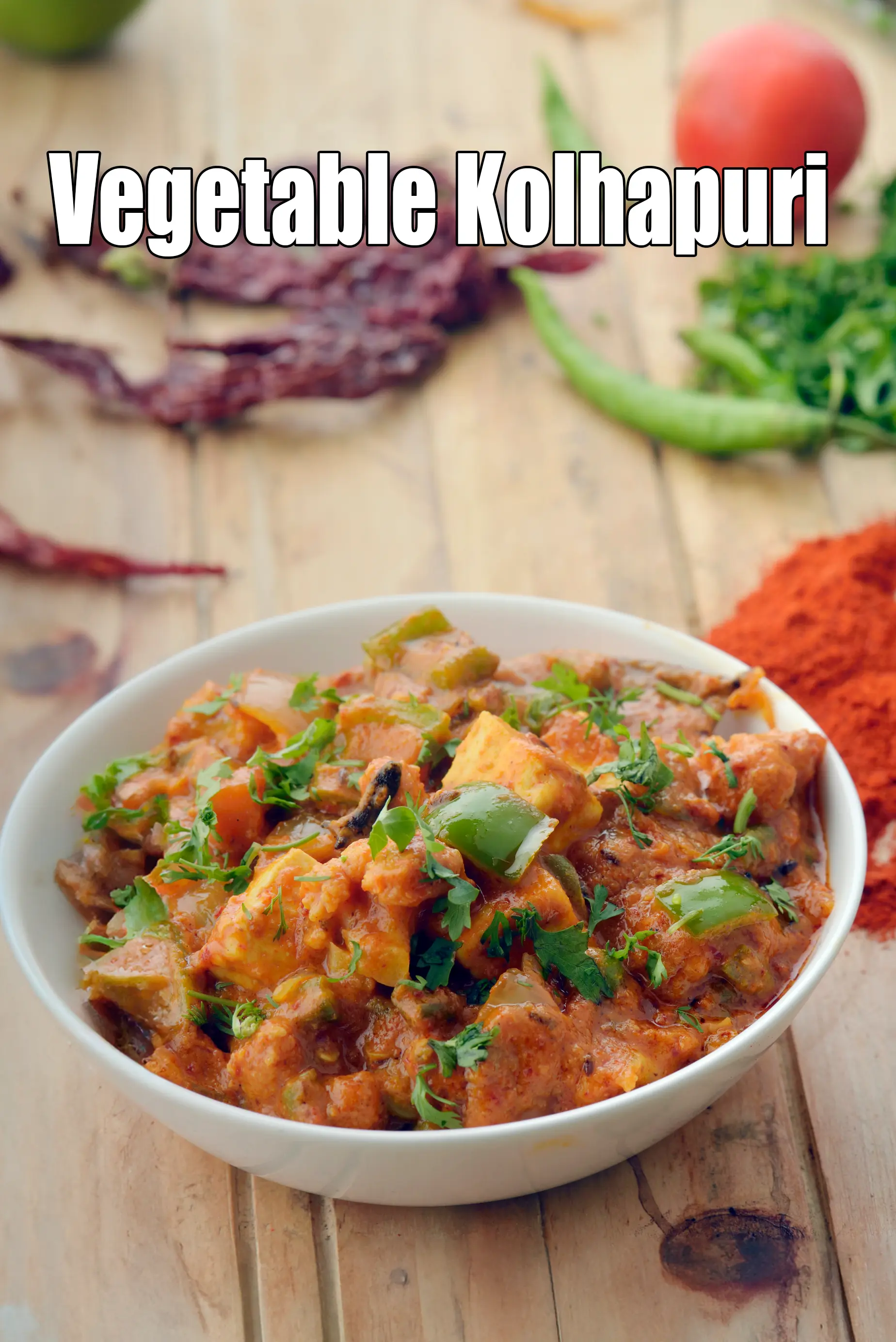
Click here to view Vegetable Kolhapuri
Calories in other related recipes
